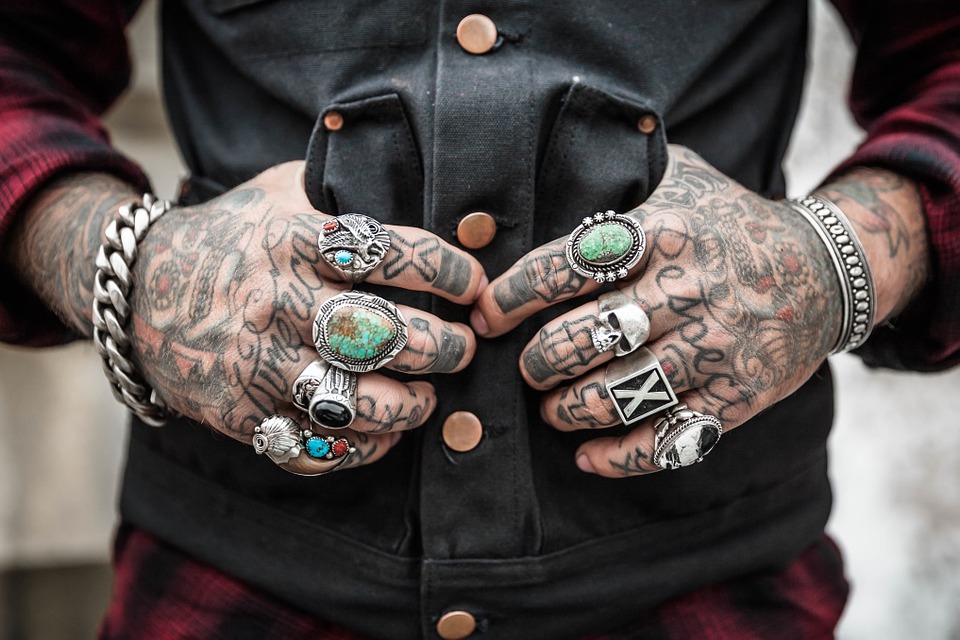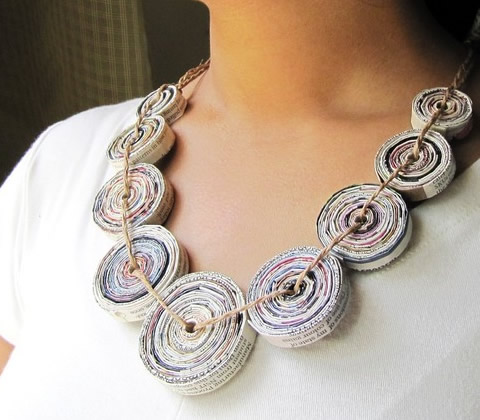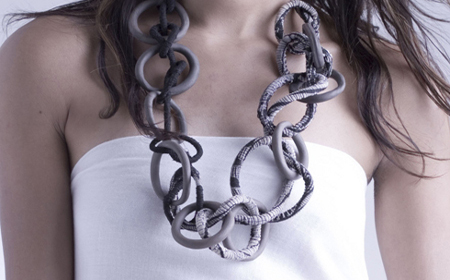Jewellery designing is an art that focuses on creating unique pieces of jewels embedded with precious and semi-precious stones and intricate designs on it. Right from the early civilization, jewellery has been an integral part of human culture. It was, and still is considered to reflect one’s status symbol. Just like us, our ancestors used jewellery as security, however they were given an option to adorn it depending on their social status.
Back then, many artisans took inspiration from nature to craft exclusive pieces of jewellery. The use of gold, silver, copper, precious stones, and gems were predominantly used.
Jewellery, as we all know, adds a personal touch to our look, hence, its taste varies from person to person. Though you must know, it can be categorized into different segments. Some of them are listed below:
Precious jewellery: this is made of precious metals, gems and stone, signifying superiority and power.
Artificial Jewellery: this is created using inexpensive alloy, plastic or metal. The shine of gold, silver or bronze can make such jewellery look expensive.
Junk Jewellery: as the name suggests, it’s made out of junk. Materials of any sort are often recycled and used to create jewellery like beads, pendants, etc.
Even today, jewellery designers take inspiration from various sources like architecture, nature, art, etc. Though the craze for precious jewellery will never go out of fashion, but over the years, a serious and direct impact on the environment and has encouraged people to opt for eco-friendly products.
If you’re one of those people who loves transforming junk into recycled jewellery, then you surely know what goes into its making. Real jewellery can be sourced from endless places but, making jewellery out of bits and pieces of scarp is what’s challenging. This kind of jewellery is popularly known as ‘recycled jewellery’.
Very few people have a taste for recycled jewellery. Buying or making this type of jewellery is not only easy on your pocket, but it also looks great and is definitely environment friendly. Considering recycled jewellery has gone trendy, why not get started with it and design your own.
Here are top 5 recycling tips for jewellery designing:
Classic Vintage Neckpiece: Most of us love collecting antique pieces from vintage shops. So, why not gather scarps like an old metal strip or a rusted brooch and turn it into a beautiful neckpiece. All you need to do is put in a little creativity and recreate something classic.
Chic Newspaper Jewellery: Bring out your old newspapers and torn comic books and roll them into pipes. Tape the entire roll for durability, attach beads or pearls on the ends to create a chic bracelet or anklet. You could either retain the raw look or paint to stylize it further.
Funky Electronic Jewellery: Most of us throw away electronic parts like circuit boards, wires, etc. But if you bring out your creative skills, you can easily turn this scrap into funky and vibrant jewellery.
Create Magic with Plastic: Plastic is a big menace and plastic is all forms and shape is harmful to the environment. Every house will have tons of plastic bags and bottles, which will eventually be disposed. So, why not give an artistic cut to these bottles and create amazing jewellery pieces.
Waste no Fabric: Over a period of time, our wardrobes have a dump of clothes, hoarded in one section. So why not use them? Cloth jewellery is not much heard of, but can prove to be quite colourful, customized and eco-friendly. Cut strips of old worn out t-shirts, braid it and as you do so, keep adding old beads and straws to it. You can create a beautiful head-gear or a neckpiece.
Creating jewellery using bits and pieces of scrap can be interesting as well changeling. As a jewellery designer, keep an open mind so you can easily incorporate your ideas. Make an attempt to avoid using objects that may be hazardous to the environment.
Be a proud owner and creator of a masterpiece made out of recycled material and inspire others to do the same.




